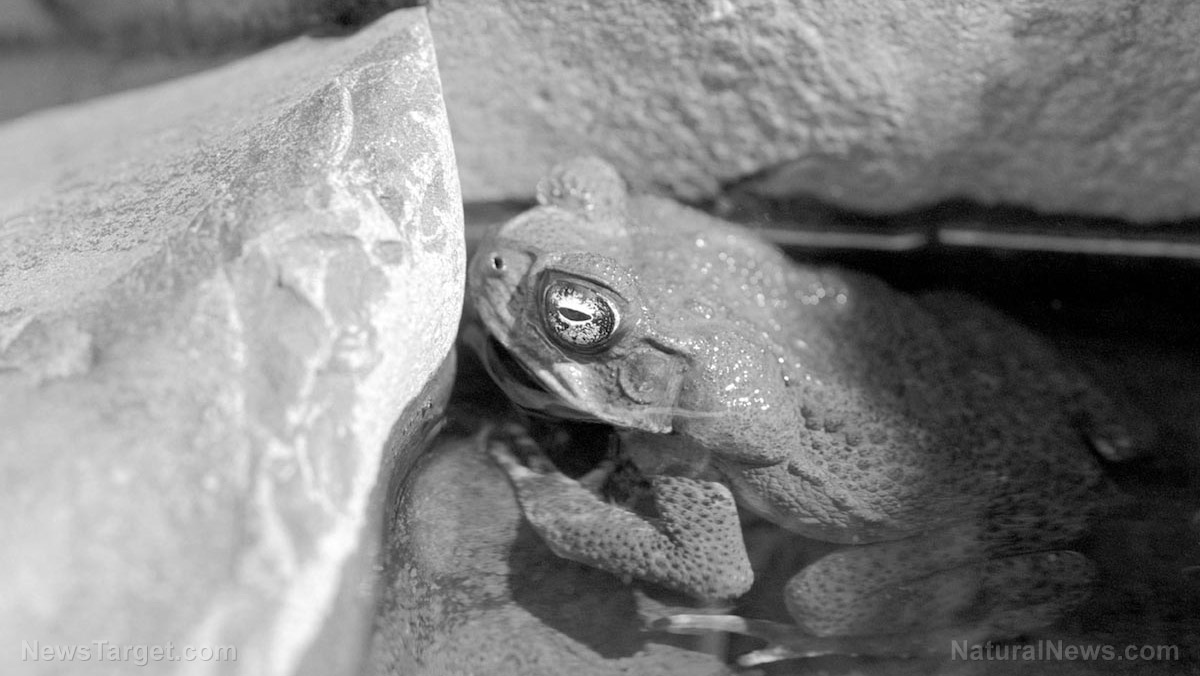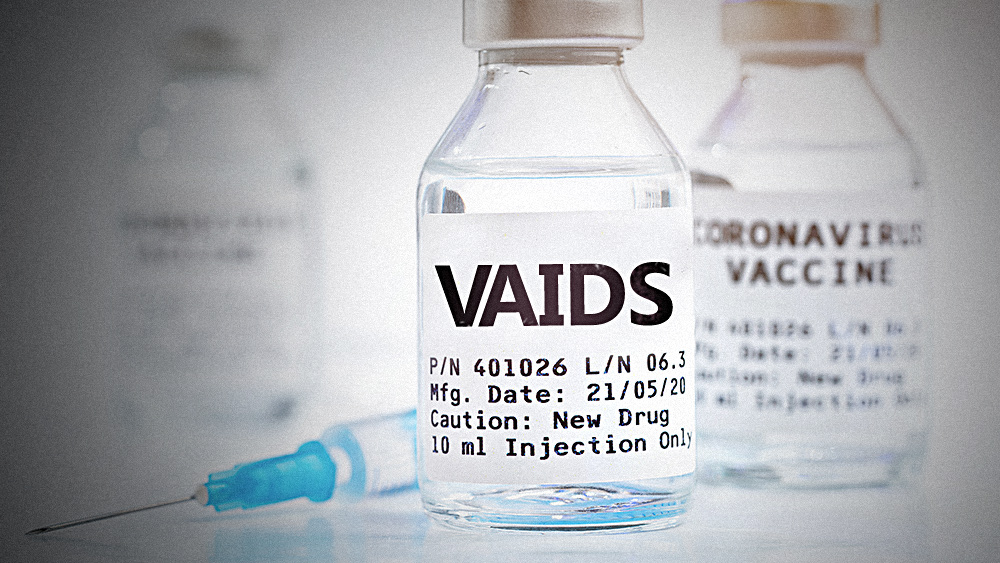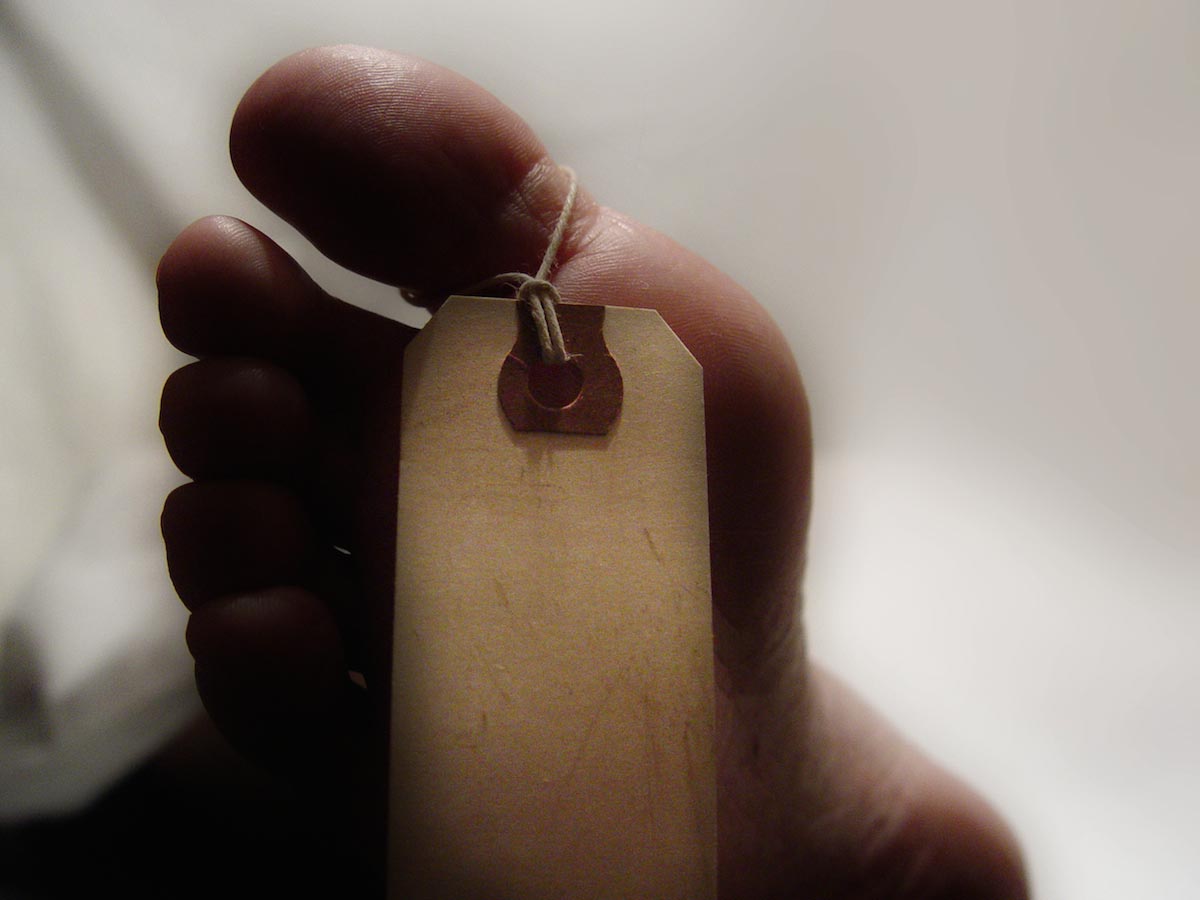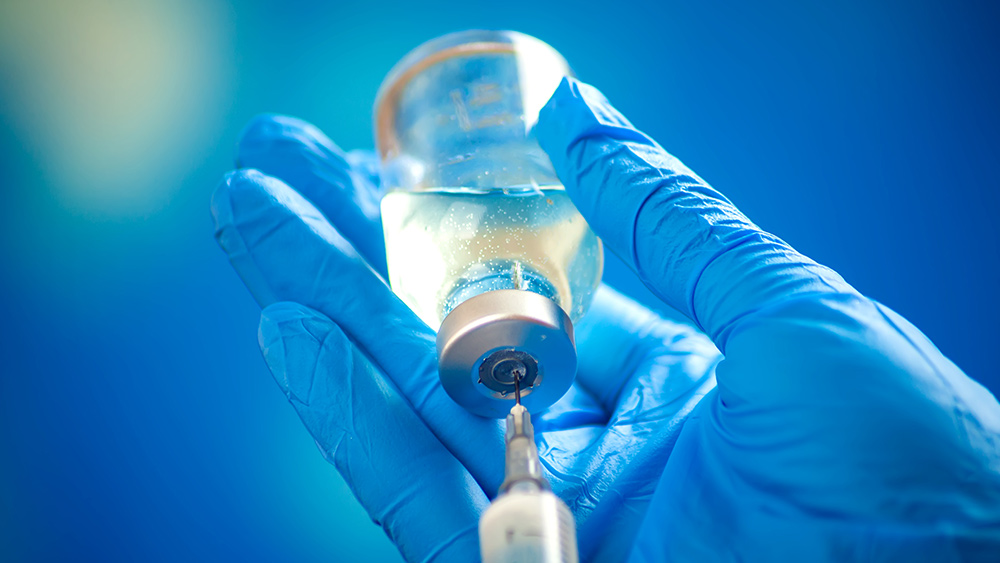Study: Northern glass frog hides red blood cells in liver to become invisible
01/12/2023 / By Belle Carter

According to a recent study, the northern glass frog (Hyalinobatrachium fleischmanni) can render itself nearly invisible while asleep by removing almost 90 percent of its red blood cells from circulation and packing them into its liver.
The study published December 22 in Science elaborated on this behavior by the amphibian. According to the study authors, their findings about H. fleischmanni could have implications for human diseases because the frog’s blood never clots. They expressed hope that further study of this phenomenon could shed light into human clotting disorders and fuel research into anticoagulants.
Also called Fleischmann’s glass frog, H. fleischmanni is about the size of a marshmallow and seldom grows larger than an inch in length. It spends its days sleeping upside down on translucent leaves that match the color of its back.
Its underbelly is translucent when awake, allowing an observer to easily see its heart at work. Its belly becomes transparent when asleep, making it invisible to predators.
The researchers used a method called photoacoustic microscopy, where scientists shone a bright light onto the frog’s body that can capture the sound waves produced whenever the light struck hemoglobin. Hemoglobin is the protein in red blood cells that carries oxygen and gives blood its distinctive red color.
It was found that the glass frog pulls 89 percent of its red blood cells from circulation and keeps them in its liver. Since the frog’s skin reflects very little light and the hemoglobin-deprived blood does not absorb it, the frog becomes almost entirely transparent. When the frog becomes active again, it brings the red blood cells back into the bloodstream.
Further research is needed to look into how the amphibian is able to survive with so little hemoglobin circulating while asleep, according to the researchers.
Frog study could shine light on blood clotting in humans
Sonke Johnsen, study co-author and Duke University biology professor, told Live Science: “If you really want to be transparent, you need to hide your red blood cells. How are glass frogs doing that? The cool thing is that we just don’t know.”
“What these frogs are doing is the equivalent of a human taking all their blood and stuffing it into a lunch bag inside their body. These glass frogs are – by some process [that] we don’t know the details [of] – filtering red blood cells out of their blood and cramming them into their livers so tightly that it should create a clot. But it doesn’t.”
Johnsen also talked about the method he and his co-authors used to examine the glass frog.
“Even with a transparent animal, seeing exactly what is going on inside can be difficult. We used sound because it travels through tissue much better than light. We’d let the frog rest, then poke it a few times, and let it fall asleep again,” he said.
According to Johnsen, “the human body is always at this sharp edge between clotting too little and too much. He added: “The clotting process for frogs is not so different from that of humans, so whatever we learn from the frogs could end up being relevant to human clotting.” (Related: Clot shot warning: Here’s what a blood clot looks like when LIQUID blood turns into a semi-solid gelatinous mass inside your body.)
In most animals, pooling blood together leads to clotting, which can be life-threatening. For example, it could lead to heart attacks in humans.
Find more stories like this at Ecology.news.
Watch this video that talks about how the mainstream media is pushing the narrative that blood clots are normal.
This video is from The Prisoner channel on Brighteon.com.
More related stories:
CYBORG: Researchers create the first self-healing robots from living frog tissues.
Post-mortem examinations find massive blood clot biostructures in bodies of the vaccinated.
Clot shot “vaccines” create BOOM in blood clot removal industry.
Sources include:
Submit a correction >>
Tagged Under:
amphibians, animals, blood clotting, clotting mechanism, cool science, discoveries, Ecology, environment, glass frogs, red blood cells, research, transparent, weird science
This article may contain statements that reflect the opinion of the author





















